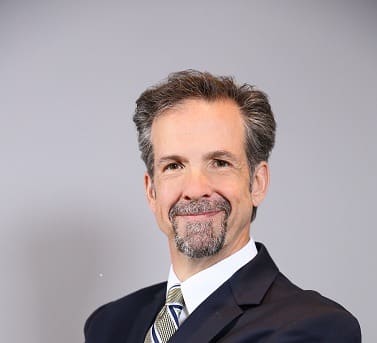The Impact of The Two-Way Center Turn [“Suicide”] Lane on Baltimore Personal Injury Cases
Many years ago, highway engineers in Maryland proposed utilizing a two-way center turn lane on divided highways. The suggestions were adopted, and these center lanes were constructed throughout Maryland. The use of this lane, sometimes referred to by the euphemism “suicide lane”, has perhaps generated more personal injury related litigation in Maryland than any other single traffic control device. There seems to be a popular perception that the law deems it illegal to be in this center turn lane unless one plans to make an immediate left-hand turn. The enactments of the legislature are at odds with this perception. Section 21-309 of the Transportation Article states that a motorist may not enter that lane:
- except when preparing for or making a left turn from or into the roadway, or,
- when preparing for or making a U-turn, and
- may enter only if the lane is clear of an opposing movement.
This section also provides that a ”vehicle shall be driven within a lane the shortest distance practicable prior to making a left turn or U-turn or after making a left turn.” Now, what is the “shortest distance” and what is “practicable” are factual questions that vary from case to case. But it is clear the use of the lane is not limited solely to making an immediate, contemporaneous left-hand turn. As Attorney Eric T. Kirk will tell you.
There are several scenarios where the use of this two-way center left-hand turn lane becomes an issue in a personal injury claim.
![The Impact of The Two-Way Center Turn ["Suicide"] Lane on Maryland Personal Injury Cases](https://www.thekirklawfirm.com/wp-content/uploads/2022/12/maryland_car_accident_insurance__lawyer_and_attorney_xvii2.jpg)
- One scenario is one in which a motorist is leaving a business along the boulevard, and attempts to make a left hand turn into the center turn lane and then ultimately merge into traffic.
- A related scenario involves an individual “traveling” in the center left-turn lane preparing to make a left turn who encounters either a motorist headed in the opposite direction or, an individual mentioned in the preceding paragraph.
Litigation in injury-based cases from the inevitably ensuing motor vehicle crashes often involves the interplay of the boulevard rule and contributory negligence. The boulevard rule provides that any and all traffic lawfully proceeding on the boulevard has the absolute right of way over any traffic entering from a side street or parking lot along the boulevard. Contributory negligence precludes recovery by any individual driver found to have caused or contributed to a motor vehicle accident. A seasoned car accident attorney may be able to resolve the interplay between the boulevard rule, contributory negligence, and the permissible uses of the two-way center turn lane in your favor.
I’ve battled with insurance companies for the last two decades. I’m sure there are thousands of scenarios I have not seen, but I’ve seen a lot of disputed and denied claims that I’ve subsequently won for my clients in trial. I’d be happy to sit down with you and discuss the specifics of your accident, and give you my conclusions on a complimentary basis. Feel free to contact me today. 410 591 2835.



